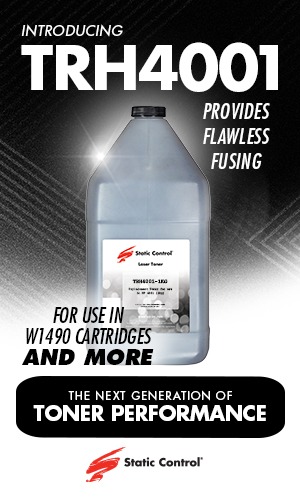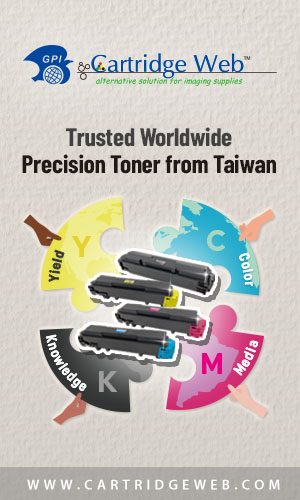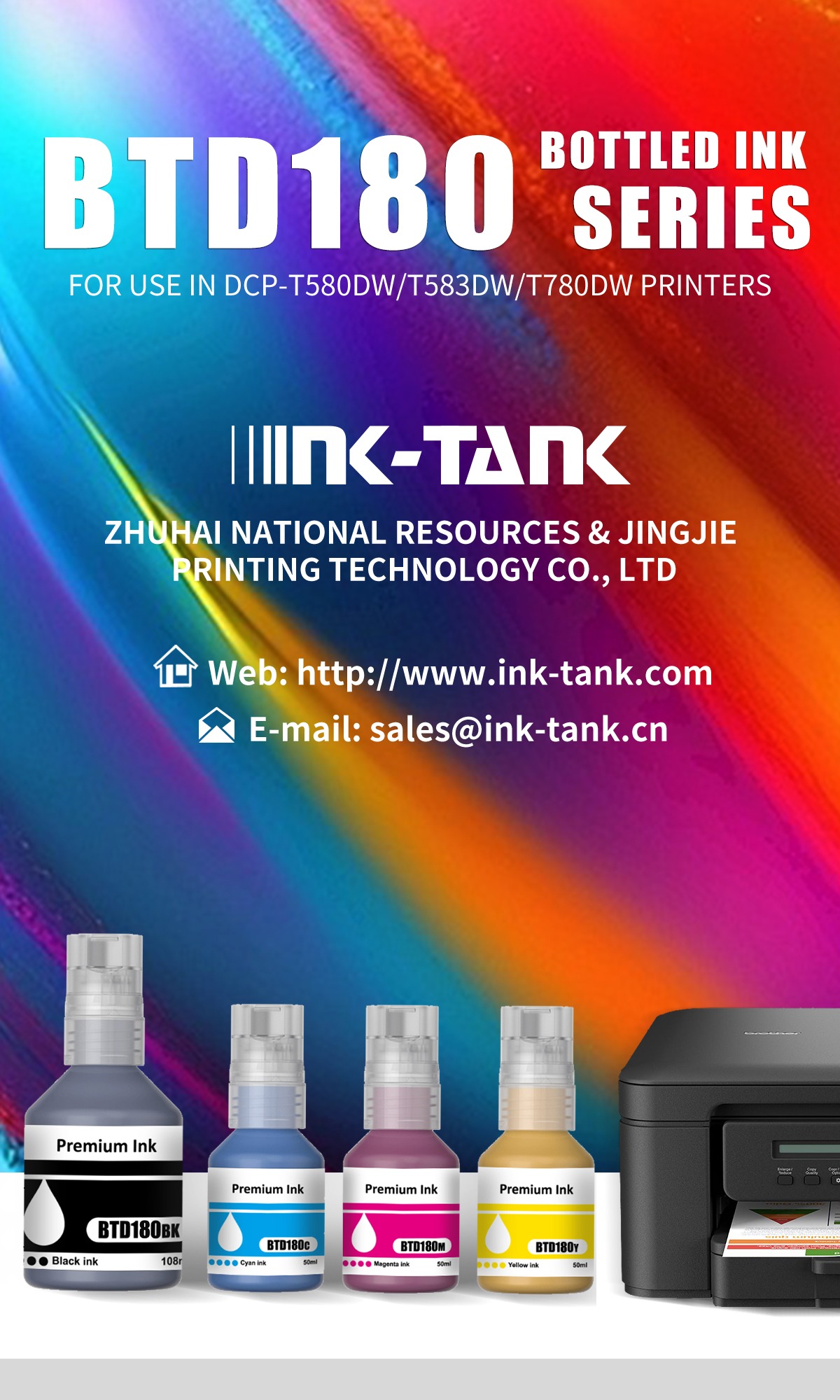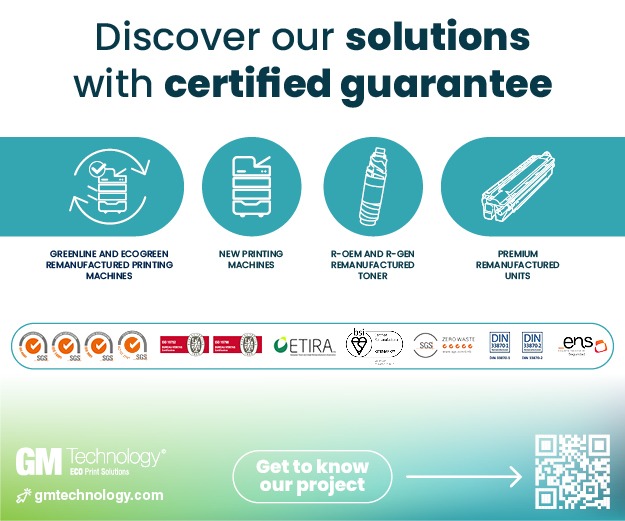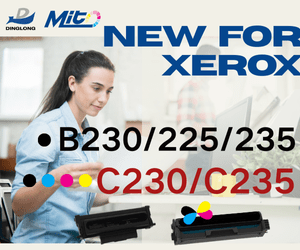
OPC Drum
An Organic Photoconductor (OPC) drum, also known as a photoreceptor or imaging drum, is a critical component used in laser printers and copiers. Its primary function is to capture and hold an electrostatic image of the document or image that needs to be printed or copied. The OPC drum is a crucial part of the imaging process in laser-based printing and copying technologies.
The basic principle of how an OPC drum works involves a photoconductive material that changes its electrical conductivity when exposed to light. The drum is typically made of a specially coated aluminium or other conductive material coated with a photoconductive organic compound.
Here’s a simplified explanation of how it works in a laser printer or copier:
Charging: A charging unit or corona wire initially gives the OPC drum a uniform positive charge. This positive charge is distributed evenly across the surface of the drum.
Exposing: The next step is creating the image that needs printing or copying. This is done by using a laser beam (in the case of a laser printer) or a bright light (in the case of an analogue copier) to illuminate the surface of the drum selectively. The light falls on the drum’s surface, causing the photoconductive material to become conductive in the areas exposed to light, while the non-exposed areas remain insulated due to their charge.
Image Formation: The pattern of the image being printed or copied is formed on the drum’s surface. The photoconductive properties of the exposed areas change, allowing the positive charge to dissipate and leave behind a latent electrostatic image.
Developing: In the next step, the drum moves close to a toner cartridge, which contains fine particles of toner powder (a dry, coloured pigment). The toner particles are negatively charged, which attracts them to the positively charged areas of the drum where the latent image is present. The toner particles get transferred from the toner cartridge onto the charged areas of the drum, forming a visible image on the drum’s surface.
Transferring: A sheet of paper or other printing medium is fed through the printer or copier and comes into contact with the drum’s surface. The electrostatic charge on the paper is stronger than the charge on the drum, so the toner particles are attracted from the drum onto the paper, transferring the image.
Fusing: After the image is transferred to the paper, it passes through a fuser unit, which uses heat and pressure to melt and fuse the toner particles onto the paper permanently.
Cleaning: Once the image is transferred, any remaining toner particles on the OPC drum must be removed. This is done by a cleaning unit or blade, which scrapes off the residual toner, preparing the drum for the next printing cycle.
The process then repeats for each page that needs to be printed or copied, and the quality of the OPC drum is essential for maintaining sharp and clear images throughout the printer or copier’s lifespan.
Synonyms:
Photoreceptor drum




